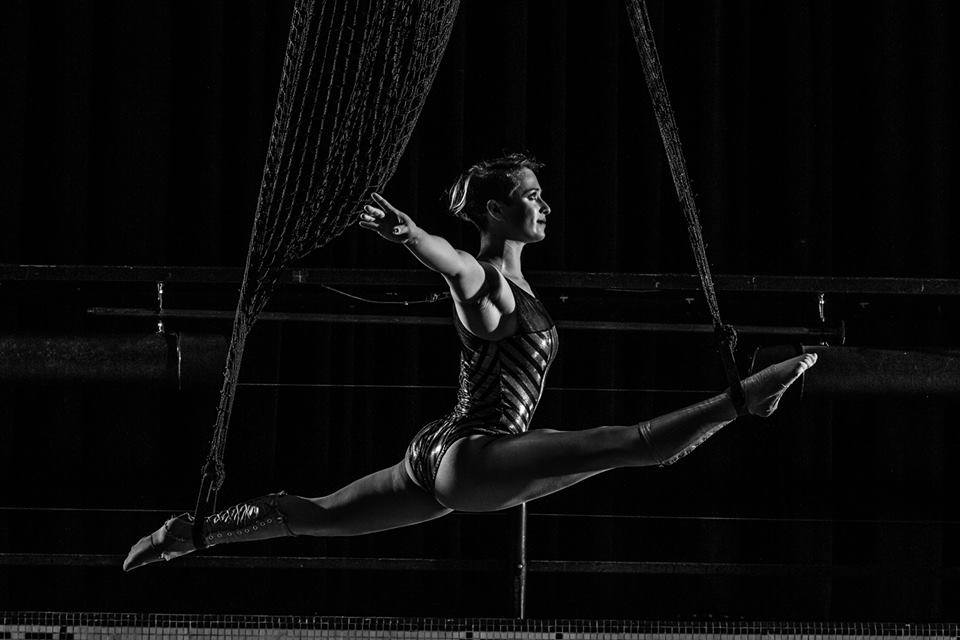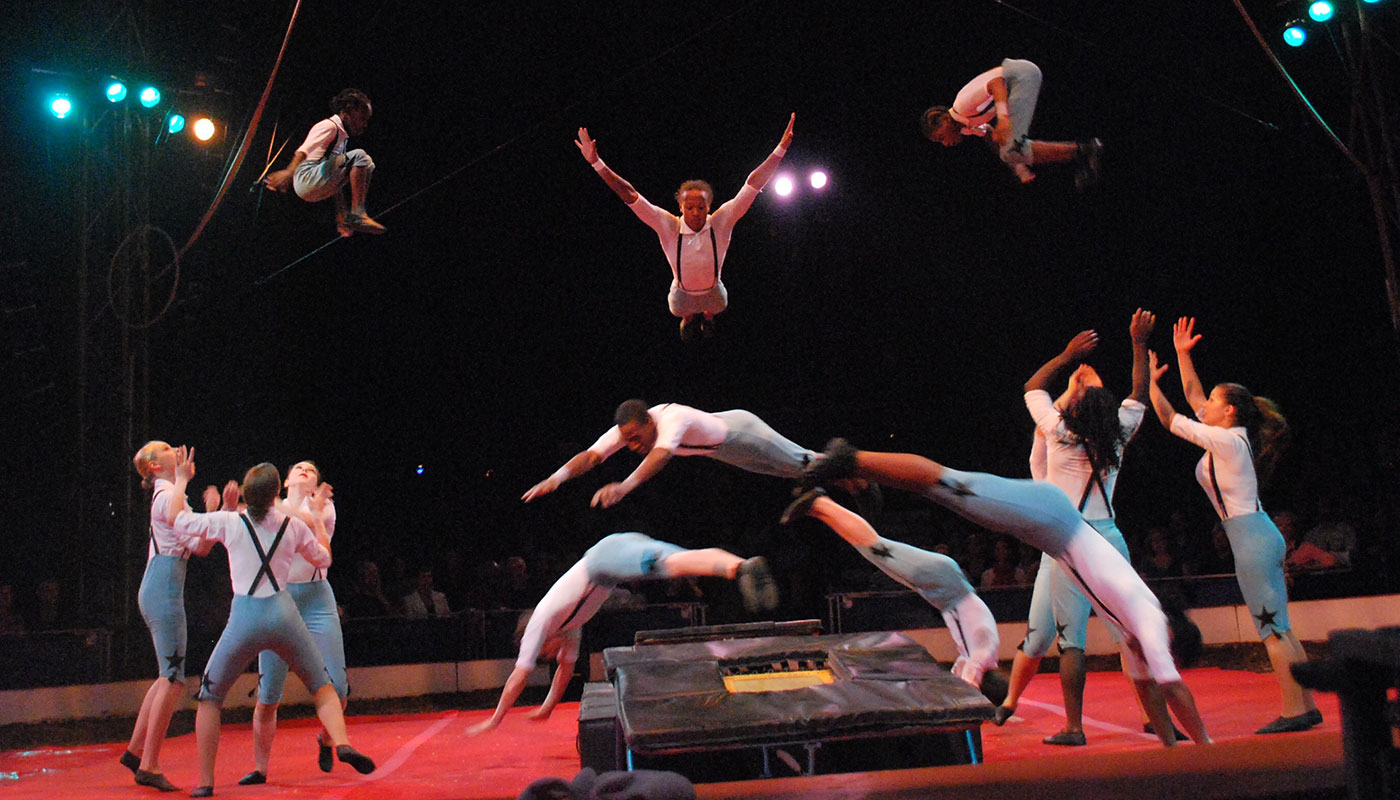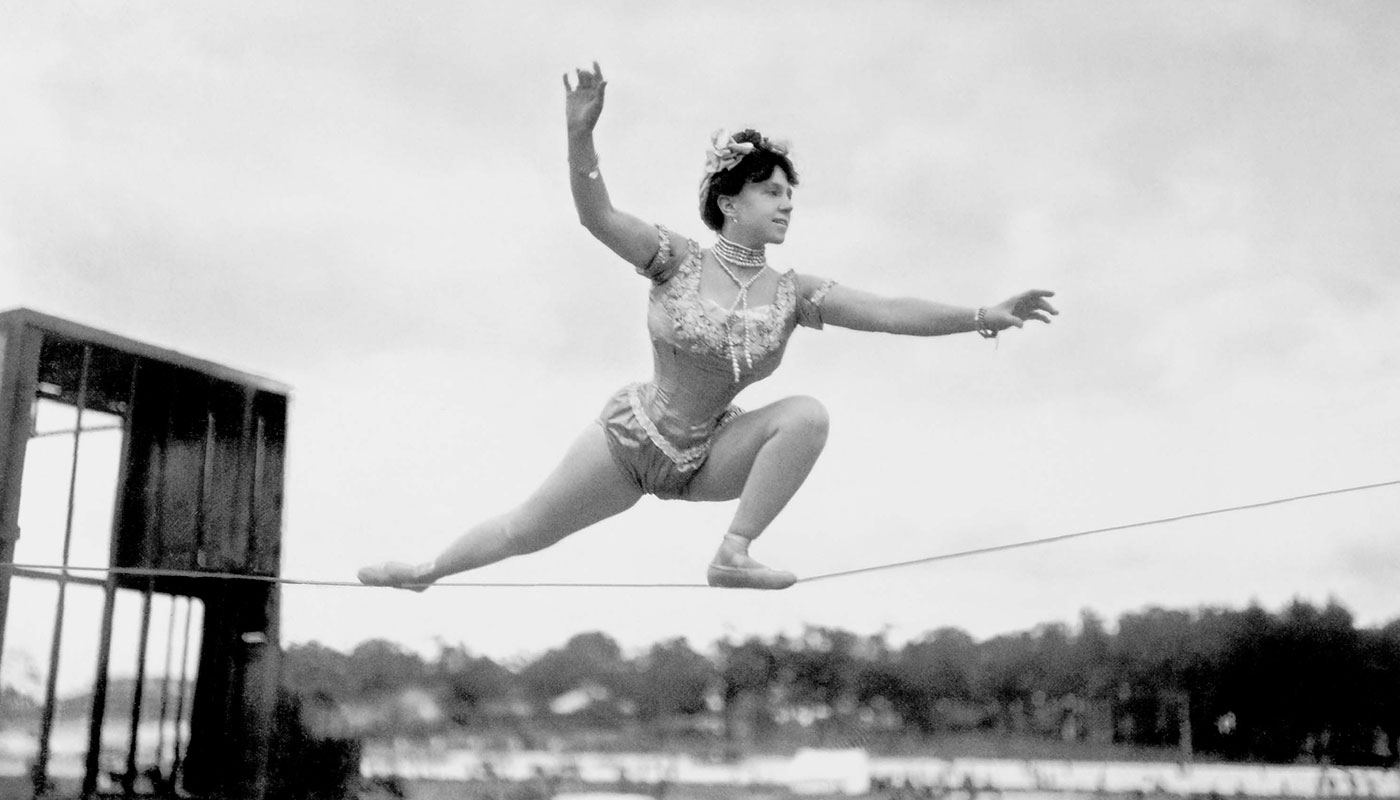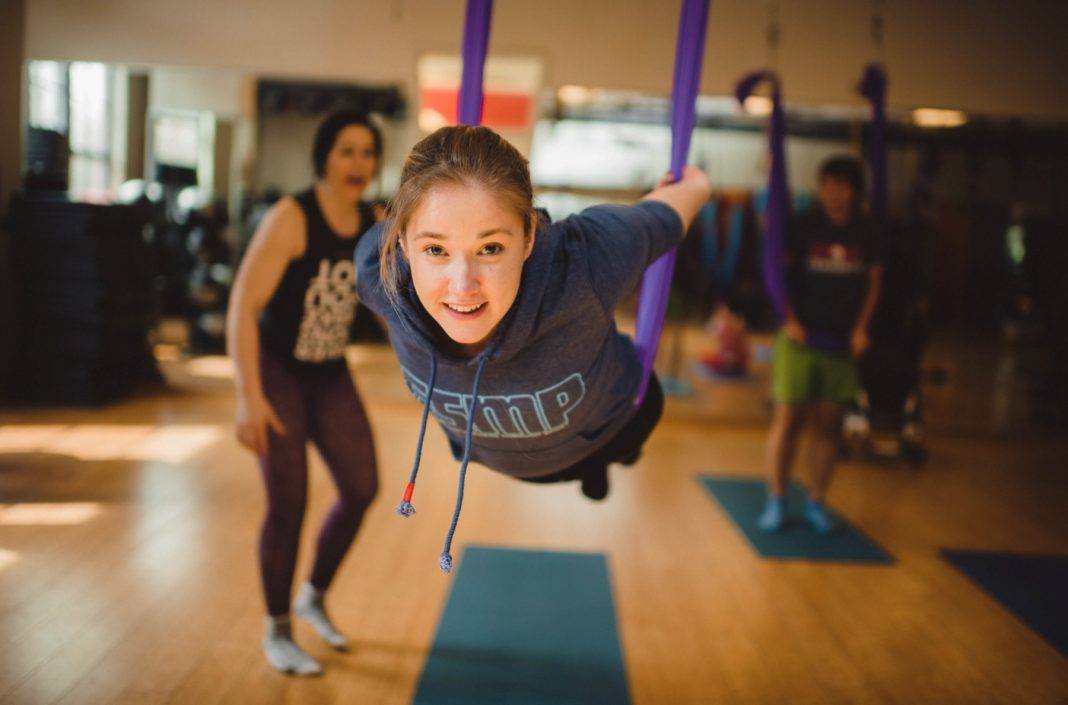As the Smithsonian Folklife Festival enters its 50th year, Washington D.C. will welcome a group of international circus performers onto the National Mall this summer. A craft rich in history and diversity, the circus arts represent an industry where creativity trumps cultural divide. This entertainment industry, has served as an arena of collaborative imagination where the collective goal is to create an awe-inspiring show for the audience.

Meridian International Center has continued their tradition of cultural exchange and partnership by organizing a Turkmenistan Circus Arts exchange in partnership with the U.S. Embassy in Ashgabat, from May 29th-June 6th, 2017. During this exchange, Meridian sent three seasoned circus performers (Sara Deull, William Forchion, and Billy Higgins) to Turkmenistan to host workshops and facilitate partnership with Turkmen students from the Circus Department in the Turkmen State Institute of Culture. This exchange strengthened the cultural and professional bonds between the circus performers as they discussed the unique niche circus arts has in the entertainment industry.

The Smithsonian Folklife Festival, June 29th-July 4th and July 6th-9th, underscores this rich history of artistic collaboration as patrons come to learn and understand the deep and ancient art of the circus performer, and the global comradery among the circus arts community. The circus life comes with a connotation of innovation as performers sharpen their amazing and spectacular skills to suit the needs of modern society.

History of Circus Arts in Turkmenistan
The history of the modern circus dates back to the 18th century with Philip Astley’s first circus displays featuring expert horsemanship. Historically, circus performances had centered around equestrian tricks and feats as horses were the main mode of transportation in the 18th to early 20th century. Soon clowns, acrobats, and tight rope walkers were added to the shows, but horseback riding was still the main focus of the performance. Once automobiles became popularized, audiences were no longer interested in horse shows but were more intrigued by big cats and exotic animals, as well as feats of athleticism and gymnastics. Russia was the first country to create a school specifically for training circus performers as Vladimir Lenin had nationalized the Russian circus, leading to a mass exodus of Western European performers which created a need for a group of highly trained Russian performers. Western Europe soon followed Russia’s example.
Currently, Turkmenistan has its own circus arts school, with students studying at the Circus Department in the Turkmen State Institute of Culture. The culture of the circus in Turkmenistan differs from many of the European and American shows because they still feature equestrian performances as a focal point of their demonstrations. The equestrians use the Ahalteke horses as their performance partners, as the Ahalteke is a famous breed closely intertwined with Turkic culture (it’s even featured on their currency!). Turkmenistan has an ancient history of nomadic herders who relied heavily on their prized “royal horses,” and they were even used as gifts symbolizing the friendship of the Turkmen people. But, the Turkmenistan circus also draws from the history of Soviet Russia as they have highly trained performers coming from their performing arts schools, which allows the Turkmenistan circus to cater to the modern audience. Turkmenistan incorporates their proud heritage of horsemanship with their expert acrobats and aerialist performers.
The national circus of Turkmenistan only recently reopened its door in 2010 after it was banned in 2001 under the former President of Turkmenistan, Saparmurat Niyazov. In 2001 President Niyazov banned performing arts such as the ballet, opera, and the circus, but these were reversed soon after his death in 2006. According to Niyazov, the performing arts were considered contradictory to Turkmen way of life. The current President, Gurbanguly Berdimuhamedow, began cautiously reversing some of Niyazov’s policies beginning with the performing arts. President Berdimuhamedow even visited the circus with his grandson in 2012 and endowed $50,000 USD to the State Circus to begin reinvigorating their program and to continue their performing arts traditions with a younger generation.

Sources:
http://www.circopedia.org/SHORT_HISTORY_OF_THE_CIRCUS
http://www.turkmenistan.gov.tm/_eng/?id=1517
http://www.meridian.org/project/turkmenistan-circus-arts/
http://www.festival.si.edu/2017/circus-arts/smithsonian
















